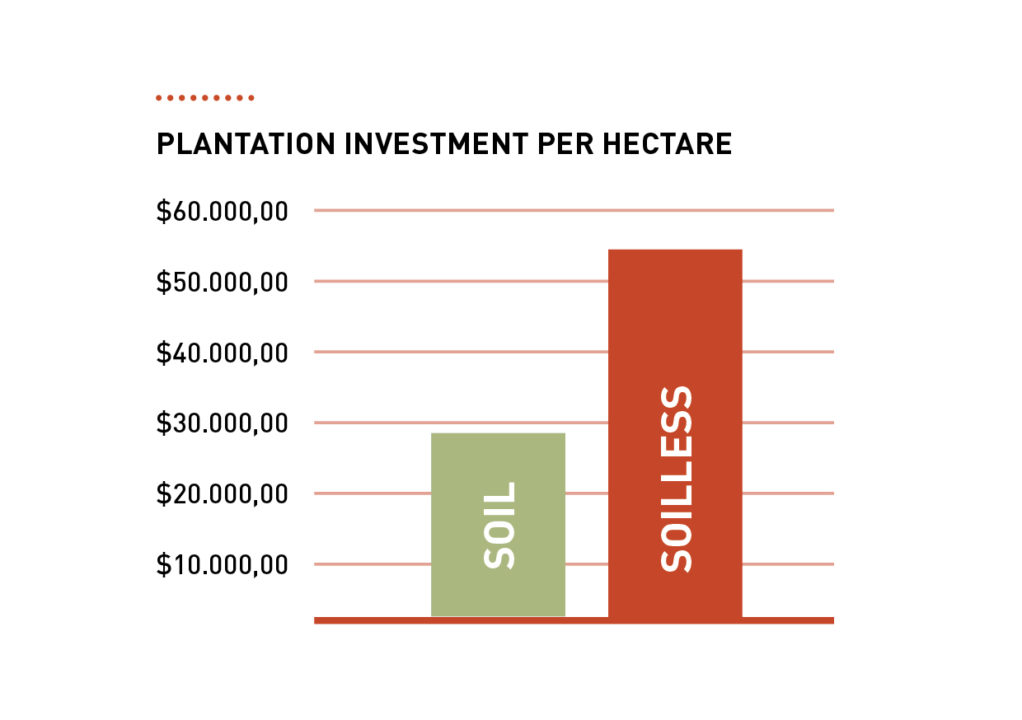Meet the Breeders: Suntory Flowers, Spring Meadow Nursery
Intro/Editor’s Note: In the past few weeks, the team at Greenhouse Grower has presented “Meet the Breeders”, a closer look at the people behind the plants.
This week, you can learn more about John and Sylvia Gray at Suntory Flowers and Megan Mathey at Spring Meadow Nursery.

John and Sylvia Gray, Suntory Flowers
John and Sylvia Gray, Suntory Flowers
Rose black spot is devastating, and defoliation is very severe, according to John Gray, who notes that with his plant pathology background, he knew that if he were to succeed in avoiding it, the answer lay in breeding.
This meant seeking out and evaluating black spot-resistant roses.
“By luck, I came across a white rose sent out from the United Kingdom with very strong perfumed double flowers, planted it, and watched it thrive and remain completely clean of black spot for four years, whilst other roses in the garden succumbed badly,” Gray says. “Sylvia and I agreed we would use it as a parent to breed our own black spot-resistant roses that looked like a rose and smelled like a rose should.”
This early breeding became the foundation for the Brindabella series – modern shrub roses that offer form, function, and fragrance.
Brindabella ‘Crimson Knight’ buds start out a deep blackish-red and then open to reveal vibrant, nonfading red petals.
“The big selling point of this rose is the black overlay in the flower color,” Gray says. “Black in roses is highly sought after. There is a whole cult of folks out there who are turned on by it.”

Megan Mathey, Spring Meadow Nursery
Megan Mathey, Spring Meadow Nursery
Mathey helped develop the Center Stage series of Lagerstroemia, which is available in three varieties: ‘Center Stage Pink’, ‘Center Stage Coral’, and ‘Center Stage Red’. Her goal is to get earlier flowering in a container, better and more branching, and a higher level of disease resistance to Cercospera leaf spot and powdery mildew.
“Center Stage Red was the first introduction of the series and has great branch structure and habit,” Mathey says “I really like Center Stage Coral for the unique flower color combination with the dark foliage, but my favorite in the series is Center Stage Pink with its vibrant magenta-pink flowers and strong full branch stature.”









